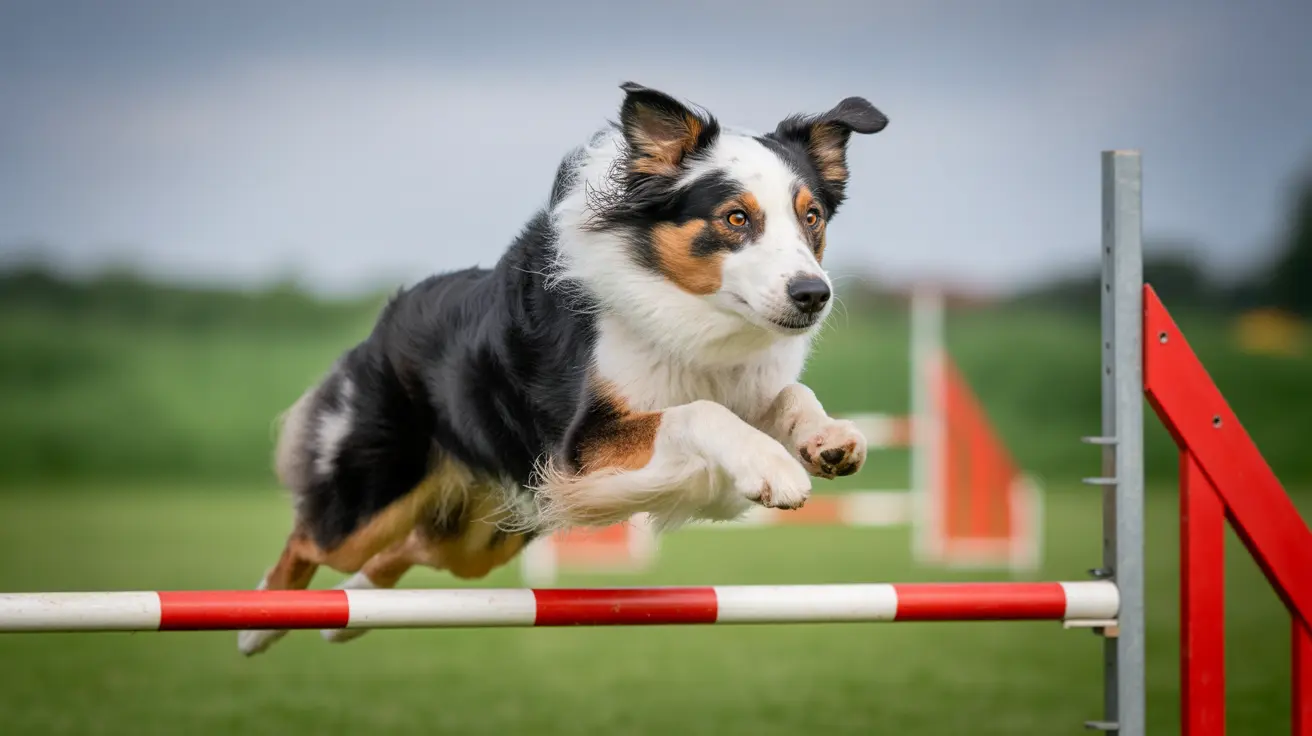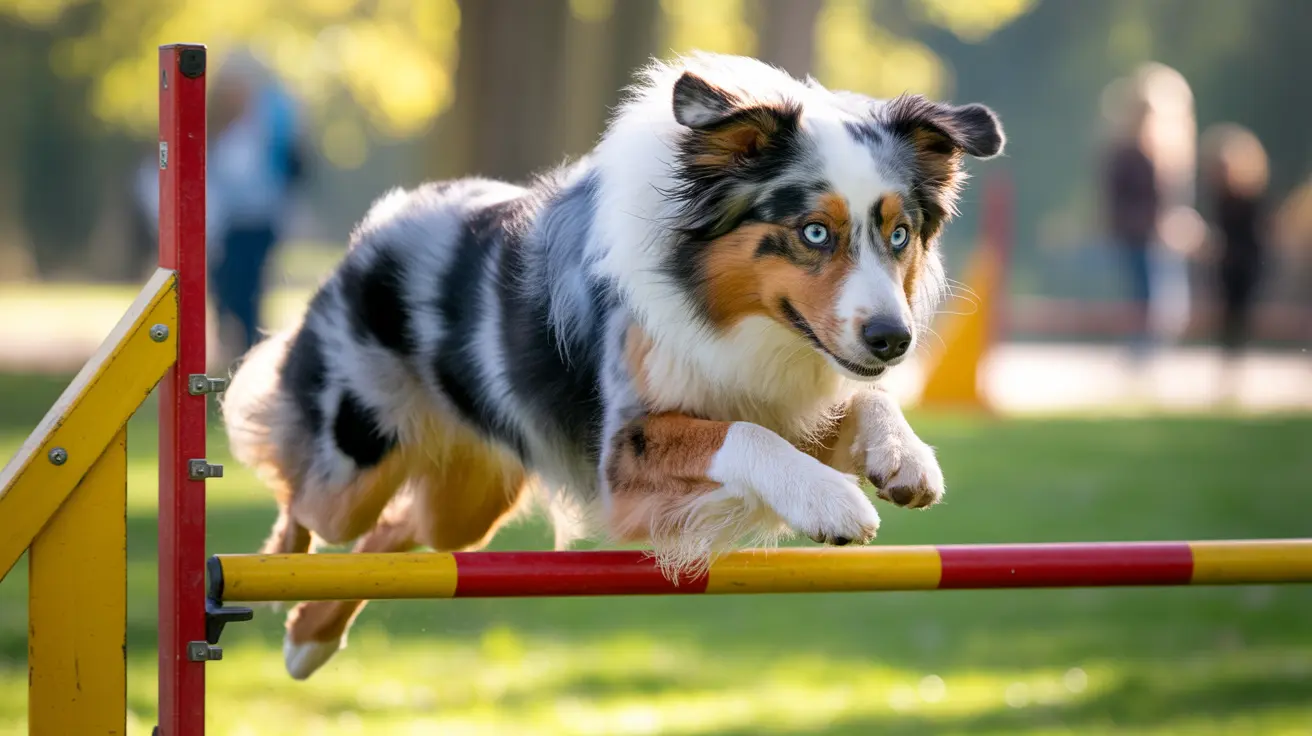Understanding the Failure Rate of Invisible Fences
Invisible fences offer a modern alternative to traditional fencing, helping contain dogs within designated boundaries using electronic signals. While these systems provide several advantages such as cost efficiency and aesthetic appeal, they are not foolproof. The concept of 'failure rate' in this context spans equipment reliability, training effectiveness, and behavioral compatibility of dogs. In this article, we will explore the causes and frequency of failures in invisible fencing systems and offer guidance for minimizing risks.
How Invisible Fences Work
An invisible fence consists of a transmitter (wired or wireless), a boundary wire (if applicable), and a receiver collar worn by the dog. When the dog approaches the boundary, it first hears a warning tone, followed by a mild static correction if it continues. This aversive stimulus is designed to train the dog to stay within the set perimeter.
Common Causes of Failure
- Equipment Malfunction: Battery depletion, wire breaks, or faulty transmitters can compromise the system's efficacy, making it temporarily ineffective.
- Inadequate Training: Training is crucial for the system to work. Dogs that haven't been properly introduced to the boundaries may not understand the rules, increasing the odds of escape.
- Behavioral Factors: Dogs with strong prey drive or high motivation may ignore the correction to chase after animals or people beyond the boundary, especially if the correction level is not appropriately set.
- Environmental Interference: In wireless setups, factors like metal structures or uneven terrain may distort the system boundaries, increasing the chance of failure.
Potential Risks to Dogs
- Physical Injury: Prolonged exposure to static correction or collar prongs rubbing against the skin can cause sores or infections.
- Psychological Effects: Some dogs may become fearful of the yard or develop anxiety due to repeated corrections, even forming negative associations with people or animals near the boundary.
- Vulnerability to External Threats: Invisible fences do not prevent other animals, strangers, or wildlife from entering the yard, exposing your dog to potential harm.
Estimating the Failure Rate
While exact statistics vary and depend on multiple factors, anecdotal and user-reported evidence suggests that a significant minority of users experience notable issues. These include dogs escaping the containment area or behavioral regressions due to improper training. Regular equipment checks, appropriate correction settings, and consistent training can help mitigate these problems.
Tips to Reduce Failure Risk
- Choose the Right System: Match the system to your property's layout and your dog's specific temperament and needs.
- Commit to Training: Conduct multiple training sessions per day for at least two weeks, using flags and positive reinforcement to teach boundaries.
- Maintain the System: Regularly inspect wires, test batteries and walk the boundary to confirm signal functionality.
- Monitor Behavior: Watch for signs of anxiety or aggression, adjusting the correction level or reevaluating containment methods if needed.
- Combine with Supervision: Particularly during the initial phase, supervise your dog outdoors to catch potential problem behaviors early.
When Not to Use Invisible Fences
- Puppies under six months of age or those with certain health conditions may not respond well and should avoid invisible fencing.
- Dogs with skittish, anxious, or aggressive temperaments may suffer more harm than benefit from correction-based systems.
- If your yard's layout includes heavy metal objects, slopes, or poor soil conditions, wireless units might underperform.
Alternative Solutions
- Physical Fencing: Offers a clear and unbreachable boundary, though it may be costlier and subject to residential codes.
- Leash Walks and Long Lines: Enable controlled outdoor time while avoiding the risks associated with static correction and technology failure.
- Supervised Play: Simply being present can help ensure your dog stays safe and learns proper yard behavior.
Conclusion
Invisible fences can be effective in many scenarios, but they are not without potential pitfalls. The failure rate stems largely from user error, poor training, or dog-specific traits rather than flaws in the technology alone. A balanced evaluation of your dog’s temperament, lifestyle needs, and environment is essential before choosing to invest in such a system. And for those who move forward, diligent training, routine maintenance, and vigilant monitoring are key to ensuring safe and effective containment.





